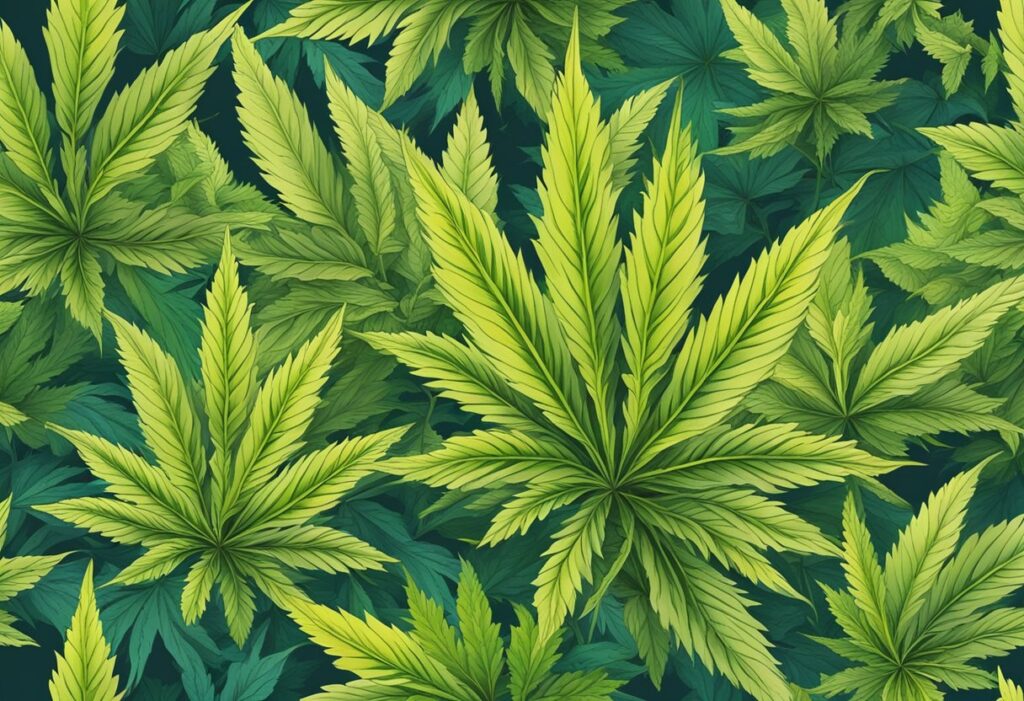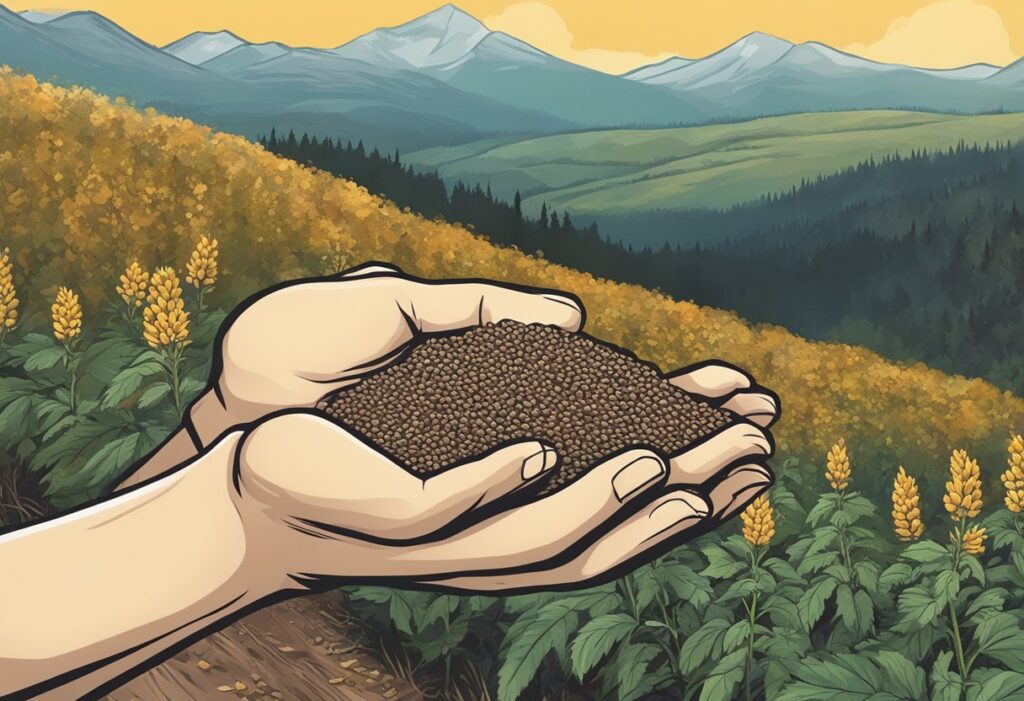
Autoflowering cannabis strains have revolutionized cultivation by enabling faster growth cycles and reducing maintenance. They are particularly suited to the fluctuating conditions in Canada’s climate.
Autoflowering cannabis, known colloquially as autoflowers, possess genetics from Cannabis ruderalis, a subspecies adapted to harsh climates with natural autoflowering characteristics. When breeders introduce ruderalis genes into photoperiod strains of cannabis—those that require specific light cycles to flower—it results in autoflowering cannabis seeds.
Advantages of Autoflower Seeds:
Genetic Composition of Autoflowers:
The life cycle of autoflowering cannabis is brief and predictable, which can be an asset in regions with short summers like Canada.
Stages of the Autoflower Life Cycle:
Key Points about Flowering Time:
These unique traits of autoflower seeds offer an optimal solution for growing cannabis efficiently in the diverse Canadian climate.

As a cannabis grower in Canada, your success rides on understanding how autoflowers can thrive despite a short growing season and variable weather. This section offers insights focusing on indoor and outdoor growing strategies, enhancing yield and potency, as well as practical advice for overcoming common cultivation challenges.
Indoor Growing:
Outdoor Growing:
By applying these targeted strategies, Canadian cannabis growers can navigate their local climate to achieve successful autoflower cultivation.

When opting for autoflowering seeds, it’s crucial to understand the selection process and where to obtain them. Not all seeds are created equal; thus, premium quality is paramount to ensure high yield, potency, and adaptability to Canada’s climate.
Choosing the right autoflower seeds Canada involves several factors that you should consider for successful cultivation:
The quality of autoflower seeds starts with the source — here’s how to find a vendor you can trust:
By following these guidelines, you can secure top-quality autoflower seeds that are well-suited for the unique growing conditions in Canada and designed for successful cultivation.
Autoflowering seeds are ideal for Canada’s shorter growing seasons because they flower automatically after a certain period, typically within 8-10 weeks from germination, regardless of light cycles. This means you can harvest your plants before the cold weather sets in.
These strains are versatile and resilient, capable of adapting to Canada’s diverse climates. Whether you’re in the wet regions of the Pacific Northwest or the drier prairies, autoflowers can tolerate the temperature fluctuations better than many regular strains.
Autoflowers are low-maintenance and don’t require changes in light cycles to bloom, making them excellent for beginners. Your plants will flourish even with Canada’s limited sunlight, making them less daunting for first-time growers.
Yes, autoflowering seeds are well-suited for indoor cultivation, where variables such as light, temperature, and humidity can be controlled. This ensures a stable environment for growth, leading to potentially optimal yields and potency.
While yields can vary depending on the specific strain and local conditions, autoflowers generally produce lesser yields than regular seeds. However, because they mature quickly, in Canada, you could potentially harvest multiple times in a season, compensating for the smaller yield per plant.
We ship and deliver world wide via USPS and various couriers.
We offer a wide range of secure and anonymous online payment options.
We care about you, our customer. Please contact us with any questions or concerns.
Find out more about the benefits of being a loyal and regular customer.
WE ARE EVERY GROWERS ONE STOP SHOP TO ACQUIRE PREMIUM CANNABIS SEEDS FOR SALE IN THE USA, CANADA AND AUSTRALIA

Farmers Lab Seeds 2024, | All Right Reserved
Seeds are sold as novelty items, souvenirs, and collectibles. They contain 0% THC. We encourage our customers to check the legislation in their Country, State, Province, and Municipality prior to purchasing items from our store. We do not provide growing information.
All seeds are sold as hemp, and lab tested under 0.3% THC. This product is not for use by or sale to persons under the age of 21. This product should be used only as directed on the label. It should not be used if you are pregnant or nursing. Consult with a physician before use if you have a serious medical condition or use prescription medications. A Doctor’s advice should be sought before using this and any supplemental dietary product. All trademarks and copyrights are property of their respective owners and are not affiliated with nor do they endorse this product.
These statements have not been evaluated by the FDA. This product is not intended to diagnose, treat, cure or prevent any disease. Individual weight loss results will vary. By using this site, you agree to follow the Privacy Policy and all Terms & Conditions printed on this site. Void Where Prohibited by Law.